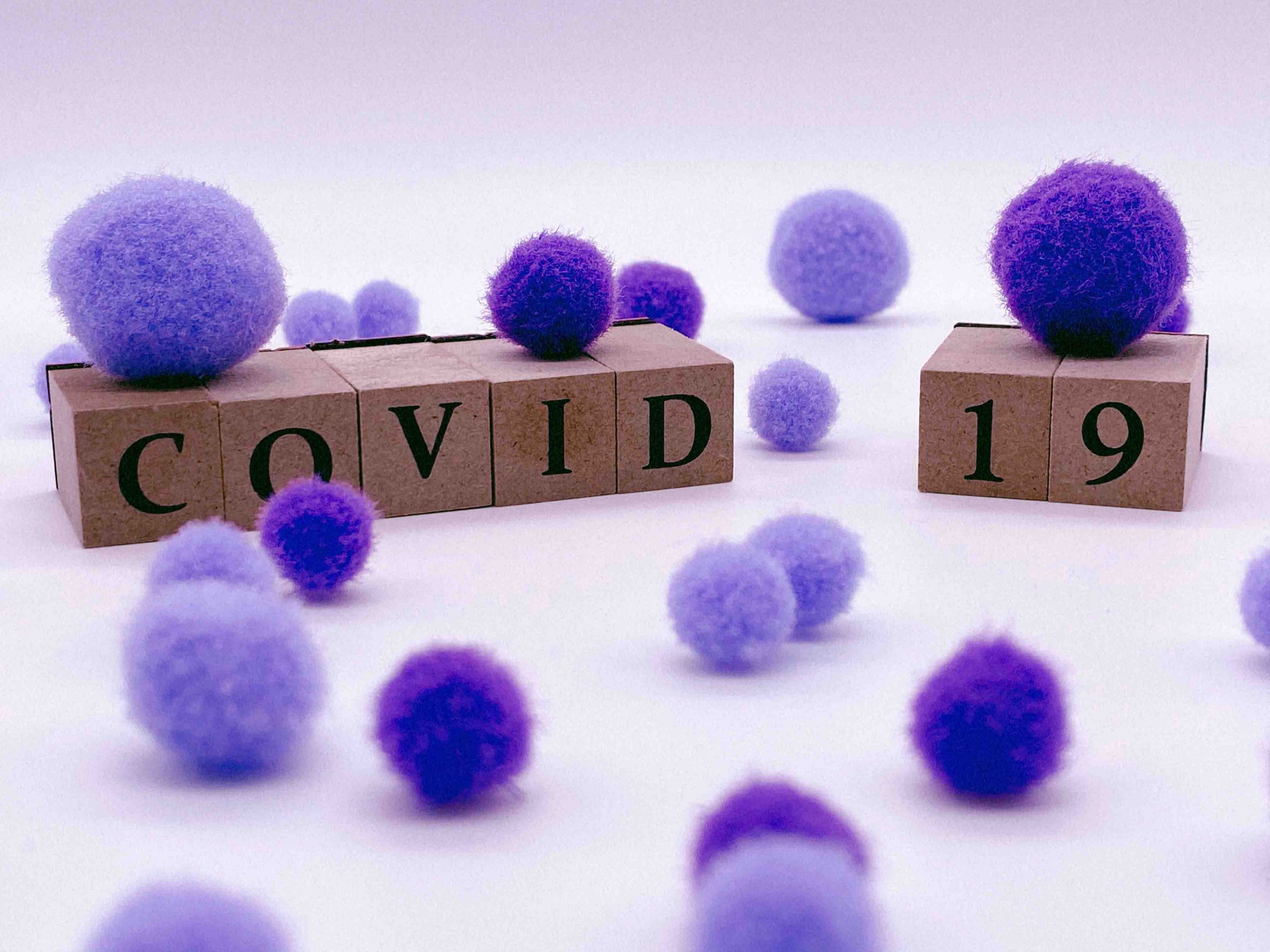
Coronaviruses are a type of virus. There are many different kinds, and some cause disease. A coronavirus identified in 2019, SARS-CoV-2, has caused a pandemic of respiratory illness, called COVID-19.
How does the coronavirus spread?
As of now, researchers know that the coronavirus is spread through droplets and virus particles released into the air when an infected person breathes, talks, laughs, sings, coughs, or sneezes. Larger droplets may fall to the ground in a few seconds, but tiny infectious particles can linger in the air and accumulate in indoor places, especially where many people are gathered and there is poor ventilation. Therefore mask-wearing, hand hygiene and physical distancing are essential to preventing COVID-19.
How did the coronavirus start?
The first case of COVID-19 was reported Dec. 1, 2019, and the cause was a then-new coronavirus later named SARS-CoV-2. SARS-CoV-2 may have originated in an animal and changed (mutated) so it could cause illness in humans. In the past, several infectious disease outbreaks have been traced to viruses originating in birds, pigs, bats, and other animals that mutated to become dangerous to humans. Research continues, and more study may reveal how and why the coronavirus evolved to cause pandemic disease.
What is the Isolation period for COVID-19?
Symptoms show up in people within two to 14 days of exposure to the virus. A person infected with the coronavirus is contagious to others for up to two days before symptoms appear, and they remain contagious to others for 10 to 20 days, depending upon their immune system and the severity of their illness.
What are symptoms of coronavirus?
COVID-19 symptoms include:
- Cough
- Fever or chills
- Shortness of breath or difficulty breathing
- Muscle or body aches
- Sore throat
- New loss of taste or smell
- Diarrhea
- Headache
- New fatigue
- Nausea or vomiting
- Congestion or runny nose
Some people infected with the coronavirus have mild COVID-19 illness, and others have no symptoms at all. In some cases, however, COVID-19 can lead to respiratory failure, lasting lung and heart muscle damage, nervous system problems, kidney failure or death.
If you have a fever or any of the symptoms listed above, call your doctor or a health care provider and explain your symptoms over the phone before going to the doctor’s office, urgent care facility or emergency room.
How is COVID-19 diagnosed?
COVID-19 is diagnosed through a test. Diagnosis by examination alone is difficult since many COVID-19 signs and symptoms can be caused by other illnesses. Some people with the coronavirus do not have symptoms at all.
How is COVID-19 treated?
Treatment for COVID-19 depends on the severity of the infection. For milder illness, resting at home and taking medicine to reduce fever is often sufficient. More severe cases may require hospitalization, with treatment that might include intravenous medications, supplemental oxygen, assisted ventilation and other supportive measures
How do you protect yourself from this?
Two COVID-19 vaccines – Pfizer and J & J – have been fully approved and recommended as highly effective in preventing serious disease, hospitalization, and death from COVID-19.
It is also important to receive a booster when you are eligible. You can get any of these two authorized or approved vaccines in South Africa.
In addition, it helps to keep up with other safety precautions, such as following testing guidelines, wearing a mask, washing your hands, and practicing physical distancing.
Does COVID-19 cause death?
Yes, severe COVID-19 can be fatal. For updates of coronavirus infections, deaths and vaccinations worldwide.
Are there different variants of this coronavirus?
Yes, there are different variants of this coronavirus. Like other viruses, the coronavirus that causes COVID-19 can change (mutate). Mutations may enable the coronavirus to spread faster from person to person as in the case of the delta and omicron variants. More infections can result in more people getting very sick and create more opportunity for the virus to develop further mutations.
